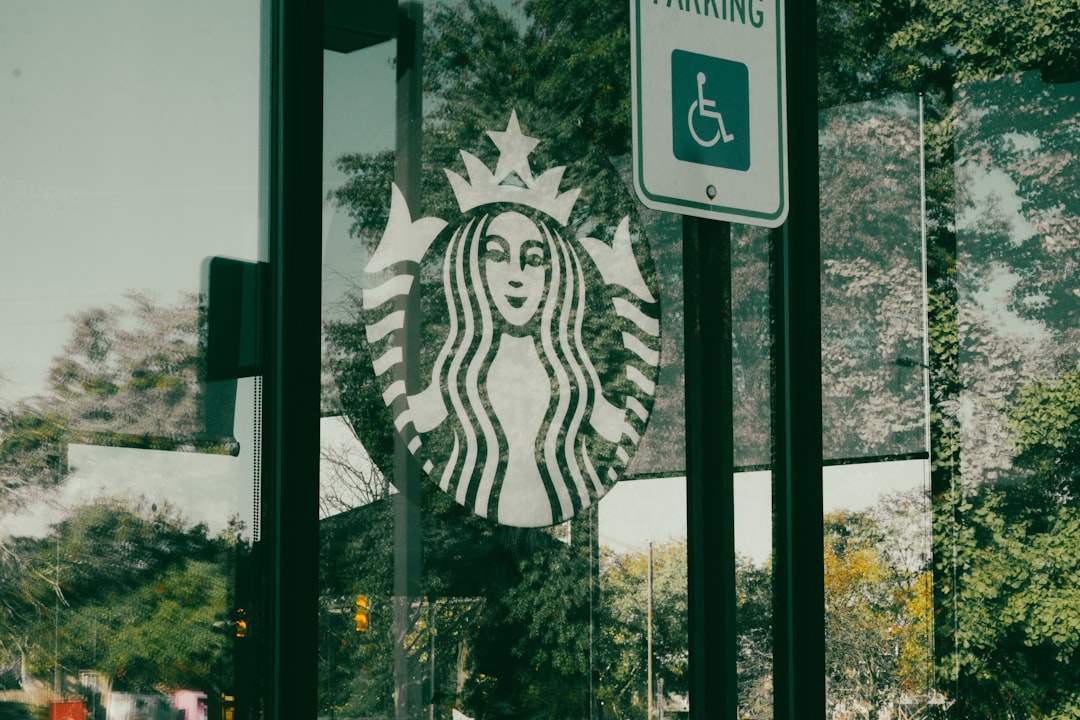The Decline of Overly Ornate Garden Fencing

For years, decorative metal fences with elaborate curves and flourishes were everywhere, promising Old World charm. But in 2025, homeowners are ditching these high-maintenance borders for simpler, more understated fencing. According to the American Society of Landscape Architects’ latest trend report, minimalism is in, with 62% of respondents preferring clean lines over ornate designs. People are tired of scraping off rust and repainting finicky details. The new trend is about blending the fence into the greenery, not making it the star of the yard. Simple wooden or metal slats, sometimes painted black, are now the preferred choice. Homeowners have realized that understated fences create a more modern, calming vibe. Plus, they’re easier—and cheaper—to maintain.
Brightly Colored Plastic Patio Furniture Fades Away

Remember those neon green and red plastic chairs that seemed to multiply like rabbits? In 2025, they’re headed for the recycling bin. Recent sales data from the International Casual Furnishings Association shows a 38% drop in plastic furniture sales compared to 2022. People are choosing natural materials like wood, rattan, or powder-coated steel instead. Shoppers say these pieces feel more durable and grown-up. There’s also growing concern about microplastics and environmental impact. Eco-conscious consumers are opting for sustainable outdoor furniture, which has seen a 27% increase in demand this year. The message is clear: garish plastic is out, and timeless, earth-friendly materials are in.
Fake Grass Gets the Boot

Artificial turf once promised a green yard with zero effort. But now, many are realizing its downsides. The National Association of Realtors reports that 53% of homebuyers now see fake grass as a drawback, not a selling point. It heats up in summer, making it uncomfortable for bare feet and pets. There are also concerns about microplastic runoff and lack of habitat for pollinators. Cities like Los Angeles have started offering rebates for homeowners who replace synthetic lawns with drought-tolerant native plants. Real grass and wildflower meadows are making a comeback, and people are proud to let their lawns be a little wilder.
Goodbye, String Lights Overload

There was a time when every backyard gathering was lit up by a web of string lights. But according to a 2025 survey from Home Improvement Research Institute, 61% of homeowners are now dialing back. People want more subtle, focused lighting—think lanterns, solar path lights, or discreet LED spotlights. Overuse of string lights can feel cluttered and even contribute to light pollution, affecting neighbors and wildlife. The new look is about strategic, gentle illumination that doesn’t try too hard. Plus, fewer tangled cords means less hassle before every party.
Massive Fire Pits Lose Their Spark

The pandemic boom in backyard fire pits is cooling off. In 2025, local regulations and changing tastes are putting out the flames. Air quality concerns are a big factor: the Environmental Protection Agency notes a 24% increase in fire pit restrictions in major cities since 2023. Oversized stone fire pits that dominated patios are being replaced by smaller, portable fire bowls or even tabletop fire features. Safety and convenience are driving this shift, and more people are seeking electric or gas alternatives that don’t smoke out the neighborhood. Homeowners still love gathering around a flame, but they want it on a smaller, cleaner scale.
Monotonous Rock Gardens Lose Their Edge

Once considered chic and low-maintenance, endless swaths of decorative gravel are now seen as uninspired. Landscape designers interviewed by Garden Design Magazine in 2025 say clients are asking for more color, texture, and biodiversity. Rock gardens that look like lunar landscapes are getting replaced by mixed borders with flowering perennials, ornamental grasses, and native shrubs. People are realizing that sterile rocks get hot, don’t support wildlife, and can be more work than expected with weeds poking through. The modern garden is alive, layered, and always changing—not just a sea of gray pebbles.
Uniform Outdoor Rugs Are Out

There was a moment when every outdoor seating area had the same blue-and-white geometric rug. But as of this year, sales of those mass-produced patterns are dropping. According to HomeGoods’ 2025 trend forecast, shoppers want outdoor rugs with natural fibers like jute or recycled PET, and patterns that feel unique or handmade. There’s a move away from “one size fits all” and toward rugs that blend with the landscape. People want something that complements their space instead of dominating it. The new outdoor rug is subtle, textured, and looks like it could just as easily be found indoors.
Bulk Solar Lanterns Fall Out of Favor

Solar-powered lanterns were once the go-to for garden lighting, popping up on patios everywhere. Now, with advances in solar technology, consumers are rejecting the bulky, dimly lit models of years past. A 2025 Consumer Reports review found that newer, sleeker solar lights outperform old lanterns by 53% in brightness and battery life. Homeowners want more integrated, invisible lighting that merges with the landscape design. The new solar lights are smaller, smarter, and often app-controlled. The days of lining every path with clunky lanterns are over—people want their lighting to be as smart as their phones.
Overdone Pallet Furniture Disappears

DIY pallet sofas and coffee tables had their moment, especially during the lockdown era. But in 2025, this trend feels tired and, frankly, a bit uncomfortable. Design experts from Houzz report a 41% decrease in searches for pallet furniture tutorials compared to pre-pandemic peaks. Many are realizing that pallets can splinter, aren’t always weather-proof, and rarely age gracefully outdoors. Instead, there’s a return to purpose-built outdoor furniture that’s ergonomic and can withstand the elements. People want comfort and quality, not just a quick weekend project.
Fake Topiary Shapes Lose Their Appeal

Plastic boxwoods clipped into perfect spheres or spirals used to be a shortcut for instant garden “elegance.” In the latest National Gardening Survey, 68% of respondents said they now prefer real, living plants—even if they’re a bit unruly. Artificial topiaries are being replaced with native shrubs, wild roses, or flowering bushes that attract bees and butterflies. The move is about authenticity and sustainability. People are embracing a little imperfection, trading fake perfection for the real beauty of nature.






